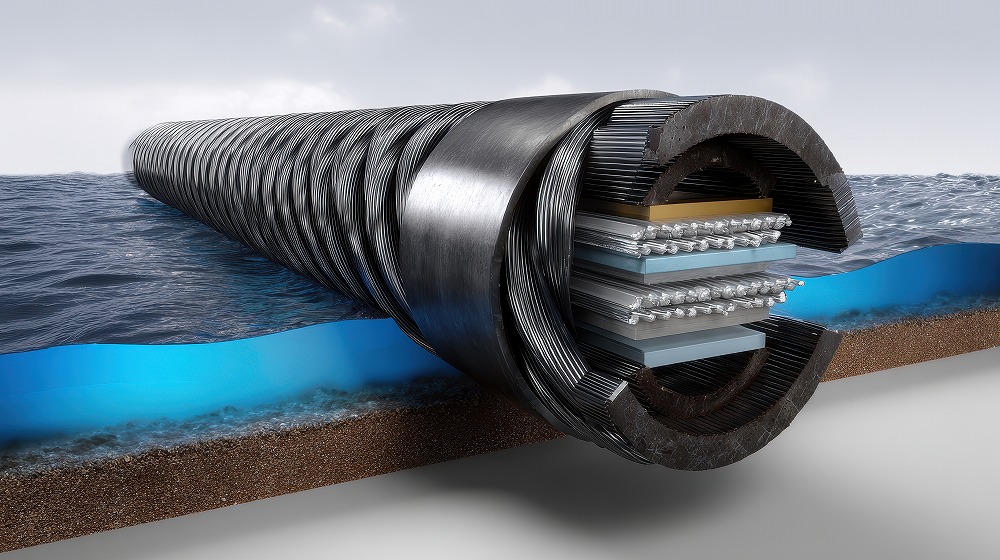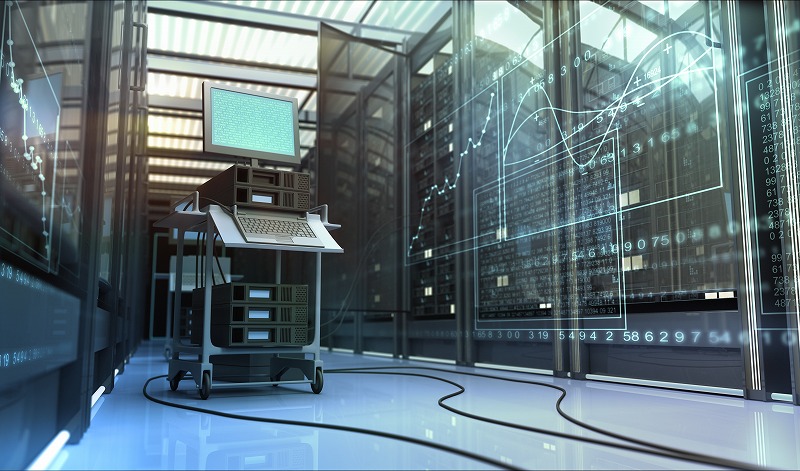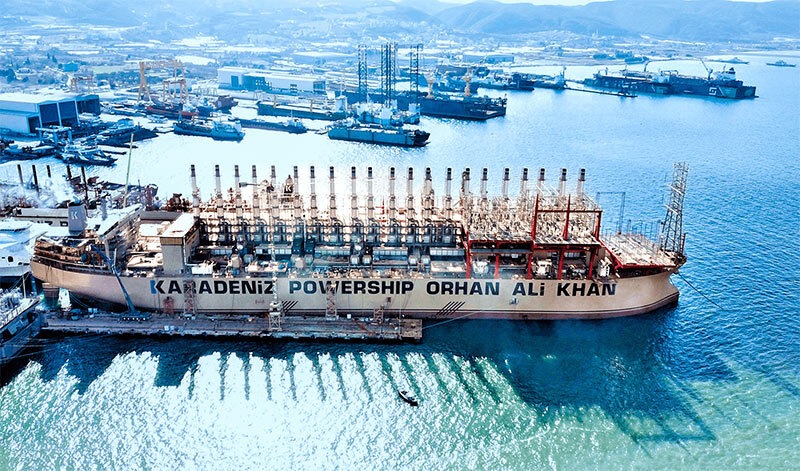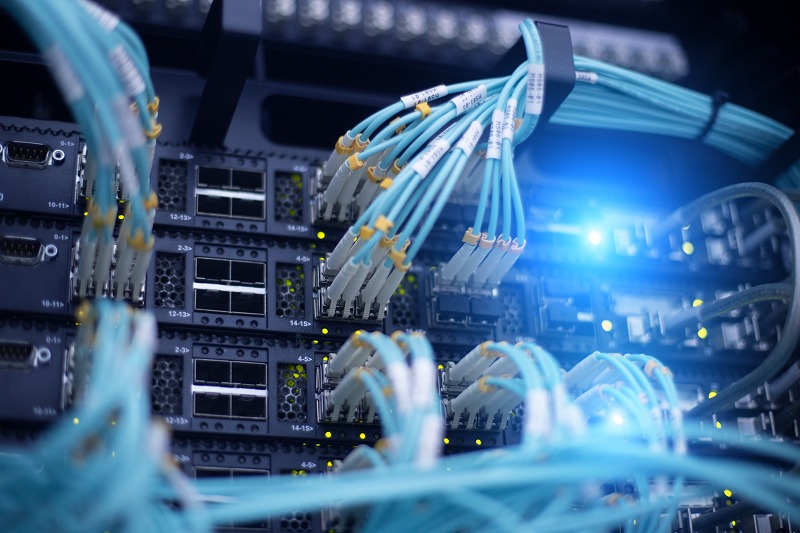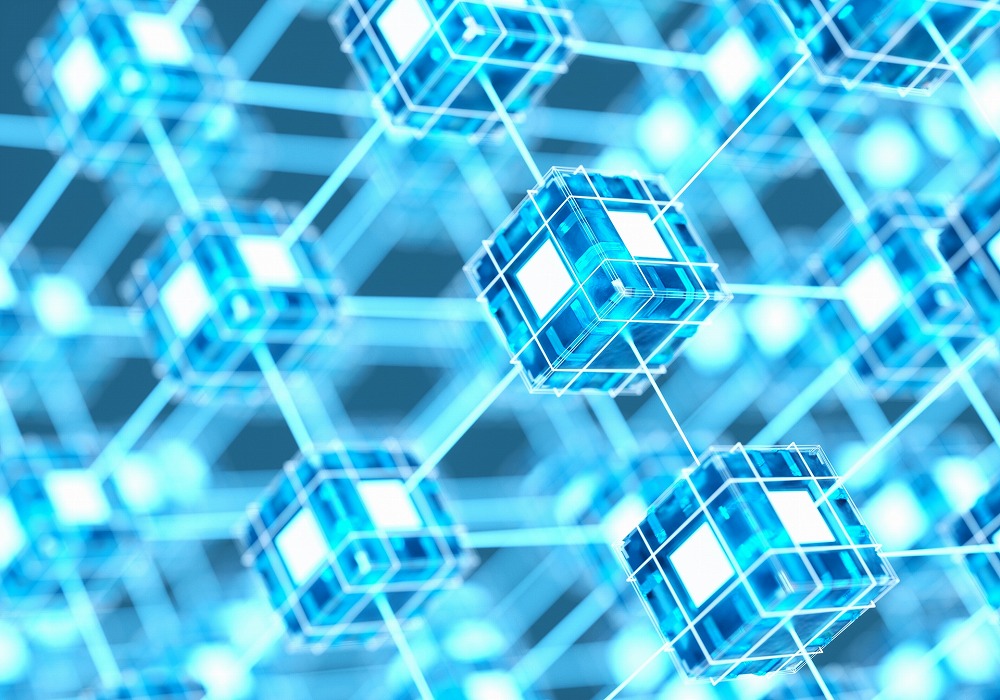
Archive
A major milestone is approaching for SoftBank’s ongoing development of AI infrastructure. With the international submarine cable connecting Tomakomai and Itoshima scheduled to open in 2028, the push to strengthen Japan’s digital foundation is in full swing. Following Tomakomai, plans for an AI-ready data center (DC) are also advancing in Asahikawa, creating a robust network that balances regional decentralization with international connectivity. This latest move also visibly demonstrates the results of SoftBank’s long-term AI strategy.
Connecting Tomakomai Directly to the World
SoftBank’s “Core Brain DC” in Tomakomai is positioned as a central hub for the AI-powered society it envisions. Further bolstering its strengths will be the international submarine cable, set to begin operations in 2028. A direct connection from Tomakomai to North America and Asia will create an environment where the vast amounts of data needed for AI training and inference can be rapidly exchanged with the world. This will be a key factor in significantly boosting the international competitiveness of Japan’s domestic AI infrastructure.
Furthermore, a cable from Itoshima in Kyushu is also scheduled to open in the second half of 2028, forming a strong communication network linking the two hubs of Hokkaido and Kyushu. This will allow for the dispersal of disaster risk, a reduction in communication latency, and the stable securing of international lines, thereby increasing the overall reliability of Japan’s data communication foundation. For AI companies both at home and abroad, a high-performance data processing environment based in Japan will become an attractive option.
Asahikawa DC Adds Depth to Decentralization Strategy
The new DC planned for Asahikawa will complement the international connectivity functions of Tomakomai. Located inland, Asahikawa is notable for its low tsunami risk, making it a disaster-resilient location. While Tomakomai will handle large-scale training, the concept is for Asahikawa to handle inference and regional data processing, aiming for greater efficiency through role-sharing. Moreover, by utilizing renewable energy from Hokkaido, the DC’s value as an environmentally conscious “green DC” will also increase. This will evolve SoftBank’s DC network from being mere data processing facilities into a next-generation infrastructure that combines sustainability and safety.
The opening of the submarine cable linking Tomakomai and Itoshima is a significant step that will usher in a new phase for Japan’s data foundation. By combining this with a decentralized strategy that includes Asahikawa, SoftBank will steadily forge the future of Japan’s AI infrastructure, strengthening its competitiveness both domestically and internationally. This cable opening is expected to further draw attention to Japan as a hub for the global AI industry.
2025.08.27
For a long time, Inzai City in Chiba Prefecture has been a prime location for data centers in the Tokyo metropolitan area. With ample land and easy access to the city center, it has attracted numerous major operators. However, in recent years, significant power supply constraints have emerged, posing a major challenge for new developments. The current mayor’s lack of a proactive stance on attracting data centers has also made it difficult for Inzai to maintain its position as the top choice. Consequently, the industry is now searching for the “next Inzai.”
Sagamihara’s Proactive Strategy
Sagamihara City in Kanagawa Prefecture is gaining traction as a strong contender. The city’s Hashimoto area has been attracting attention due to the upcoming Linear Chuo Shinkansen Line, and it has a successful track record of attracting data centers in the past. The city government is actively promoting new developments, as highlighted in a recent regular city council meeting in June 2025. In response to a representative’s question, the city emphasized that a “stable power supply system is essential for data center development.” It also revealed that it is working with Tokyo Electric Power Company (TEPCO) Power Grid to discuss improvements to high-voltage receiving facilities and reinforcement of supply routes. The city is also exploring the potential for renewable energy, signaling its commitment to building sustainable urban infrastructure.
The “A and A District” of Asaodai and Shino, considered a top candidate site, has a significant advantage in its proximity to Tokyo, despite the constraints of being near the Atsugi Air Base. With major players like Goodman, a logistics facility developer, reportedly showing interest, market attention is on the rise.
Power Supply and Future Outlook
Even with these efforts, it remains to be seen whether Sagamihara can secure a sufficient power surplus. After the previous data center development in the Hashimoto area, power shortages became an issue, which will likely make operators cautious. However, the city’s early engagement with power companies and its emphasis on renewable energy are positive signs for long-term stability.
The rapid expansion of data centers in Japan, driven by the growth of generative AI and cloud services, is reaching a turning point as Inzai’s capacity wanes. The growing interest in Sagamihara reflects this shift in the industrial landscape. Sagamihara’s ability to establish itself as the “next Inzai” will ultimately depend on how successfully it can develop its power supply and surrounding infrastructure.
2025.08.26



 JA
JA